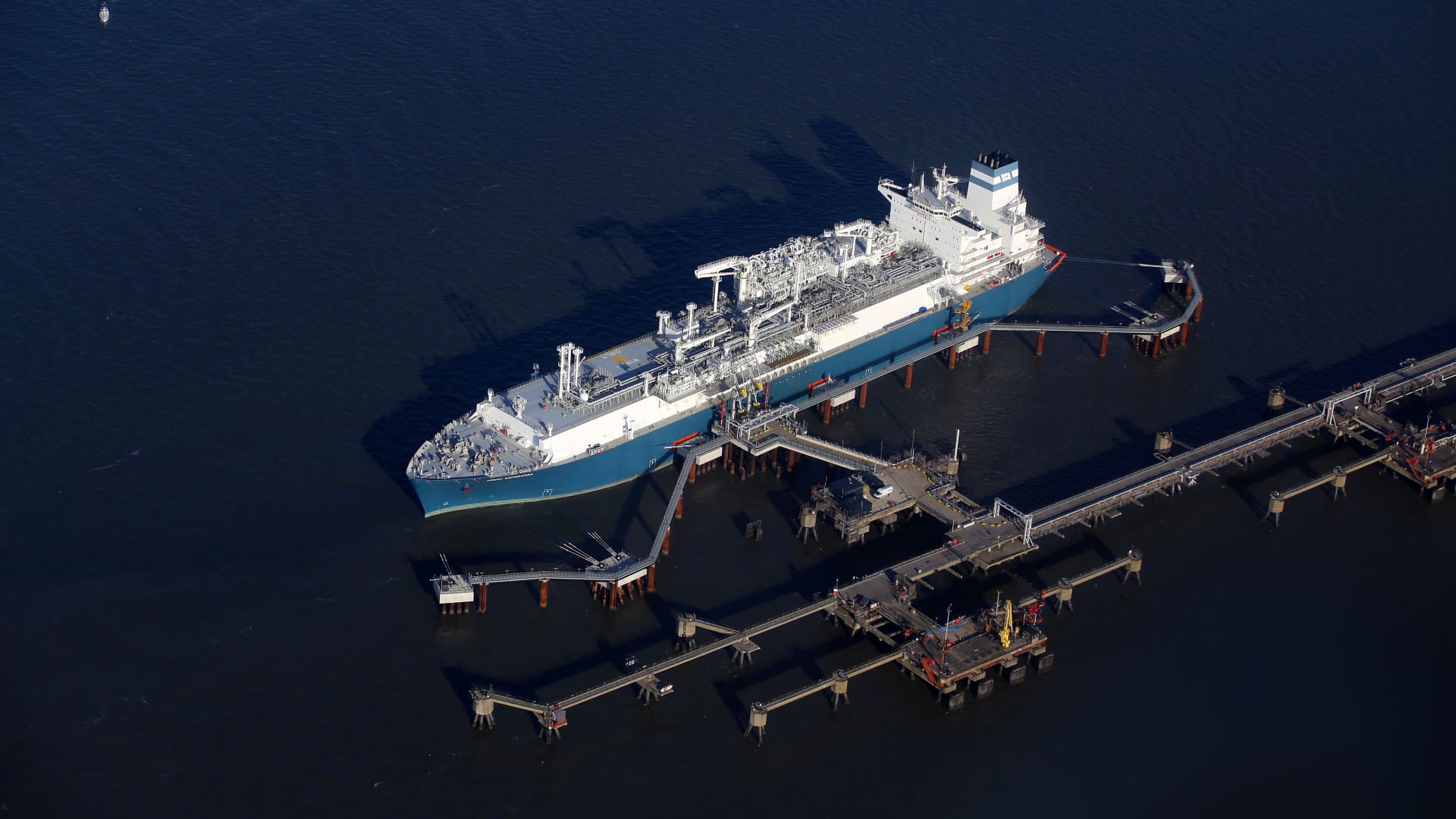Energy analysts are warning of more gas market volatility and higher prices as Europe races to prepare for another winter heating season.
European gas markets have been constantly fluctuating in recent months, owing to extreme heat, maintenance at gas plants and, most recently, industrial action at major liquefied natural gas (LNG) facilities in Australia.
Workers at U.S. energy giant Chevron’s Gorgon and Wheatstone natural gas projects in Western Australia went on strike last week, after a protracted dispute over pay and job security. Work stoppages of up to 11 hours are scheduled to continue through to Thursday, at which point the action is poised to ramp up to a total strike of two weeks.
At present, no further talks are scheduled to resolve the dispute, exacerbating fears that a prolonged halt to production would squeeze global supplies.
Australia is a major player in the global LNG market — and even though most of its exports are destined for Japan, China and South Korea, disruption from the strikes is likely to result in Asia and Europe competing for LNG from other suppliers.
The uncertainty of future events that could affect gas supply makes it extremely difficult to predict how the supply and demand could be balanced and how much prices could escalate by.Ana Maria Jaller-MakarewiczEnergy analyst at IEEFA
The front-month gas price at the Dutch Title Transfer Facility (TTF) hub, a European benchmark for natural gas trading, traded 7% higher on Monday afternoon at 36.95 euros ($39.6) per megawatt hour. The TTF contract rose to around 43 euros last month amid fears of strike action.
“The fear of an unbalanced gas supply and demand seesaw has dominated markets,” Ana Maria Jaller-Makarewicz, energy analyst at the Institute for Energy Economics and Financial Analysis, a U.S.-based think tank, said in a research note.
She said the combination of lower gas consumption and Europe filling up its storage facilities ahead of schedule had helped to prevent gas prices from skyrocketing to last summer’s extraordinary peak of 340 euros.
However, given the uncertainty over how the situation in Australia will unfold, Jaller-Makarewicz said Europe should brace itself for more volatility and an increase in prices.
“Gas markets are becoming riskier — gas and LNG prices are increasingly volatile and greatly affected by global factors,” Jaller-Makarewicz said.
“The uncertainty of future events that could affect gas supply makes it extremely difficult to predict how the supply and demand could be balanced and how much prices could escalate by. As seen in last year’s events in Europe, the only way that importing countries can mitigate that risk is by reducing their internal consumption,” she added.
‘Very volatile’
The EU reached its target of filling gas storage facilities to a 90% capacity roughly 2 1/2 months ahead of its Nov. 1 deadline. It leaves the bloc in a relatively strong position to cope with the demands of the forthcoming winter heating season.
The latest data compiled by industry group Gas Infrastructure Europe shows that the EU’s overall storage levels are at an average of nearly 94% full.
The International Energy Agency, however, has warned that even full storage sites are “no guarantee” against market conditions through winter.
“Our simulations show that a cold winter, together with a full halt of Russian piped gas supplies to the European Union starting from 1 October 2023, could easily renew price volatility and market tensions,” the global energy watchdog said in its annual gas market report, published July 17.
The IEA’s warning comes as the 27-nation bloc continues to wean itself off Russian fossil fuel exports after the Kremlin’s full-scale invasion of Ukraine. Analysts at political consultancy Eurasia Group fear that “real disruptions” to European markets are possible, including Norwegian winter storm outages and a cut of the remaining Russian gas to Europe.
Christyan Malek, global head of energy strategy and head of EMEA oil and gas equity research at JPMorgan, said the situation in gas markets is “very volatile” and therefore tough to predict.
Malek said European gas markets appear to be pricing in both the buffer of Europe hitting its gas storage target ahead of schedule, and the risk that a particularly cold winter could lead to a “massive upswing” in price by year-end.
“As a house, we’re relatively bearish on gas prices,” Malek told CNBC’s “Street Signs Europe” on Monday.
“We’re at 95% storage by the end of the year, we’re 50% storage by March next year. What does that mean? It means that we’ve got a pretty good buffer,” Malek said, referring to Europe’s filling of its gas storage facilities.
“Now, if it gets really cold in winter … we do have a problem,” he added.
While analysts said volatile market conditions are likely to keep traders feeling anxious, some believe the strikes in Australia are the only thing likely to keep prices buoyant in the months ahead.
Kaushal Ramesh, an analyst at Oslo-based Rystad Energy, said volatility returned to gas markets following the start of industrial action at major gas facilities in Australia.
“However, the potential impact of the strikes is likely the only bullish element in the near-term market, given we have now entered the pre-winter shoulder season and other indicators are bearish in both Europe and Asia,” Ramesh said in a research note published Monday.
